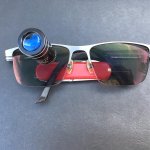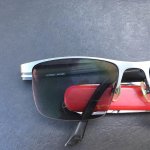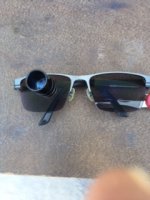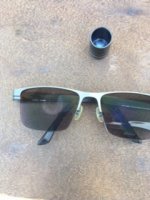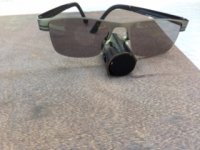Alexis Powell
Natural history enthusiast

I always wear a wide-brimmed hat when birding, or when outdoors in the sun.
I also have prescription polarized sunglasses, which are great for driving, fishing, and eye comfort. However, I find that can't wear them while birding because I don't seem to be able to recognize birds anymore while looking through them. It's like they are kryptonite that kills my 6th spidey sense super power ability to recognize birds (often before they've even entered my conscious awareness), and so I have to study birds deliberately to make IDs. I've experienced this problem for years and haven't overcome it. Have done a lot of birding in the intensely harshly sunny deserts and seashores of the Middle East without sunglasses for that reason.
--AP
I also have prescription polarized sunglasses, which are great for driving, fishing, and eye comfort. However, I find that can't wear them while birding because I don't seem to be able to recognize birds anymore while looking through them. It's like they are kryptonite that kills my 6th spidey sense super power ability to recognize birds (often before they've even entered my conscious awareness), and so I have to study birds deliberately to make IDs. I've experienced this problem for years and haven't overcome it. Have done a lot of birding in the intensely harshly sunny deserts and seashores of the Middle East without sunglasses for that reason.
--AP




